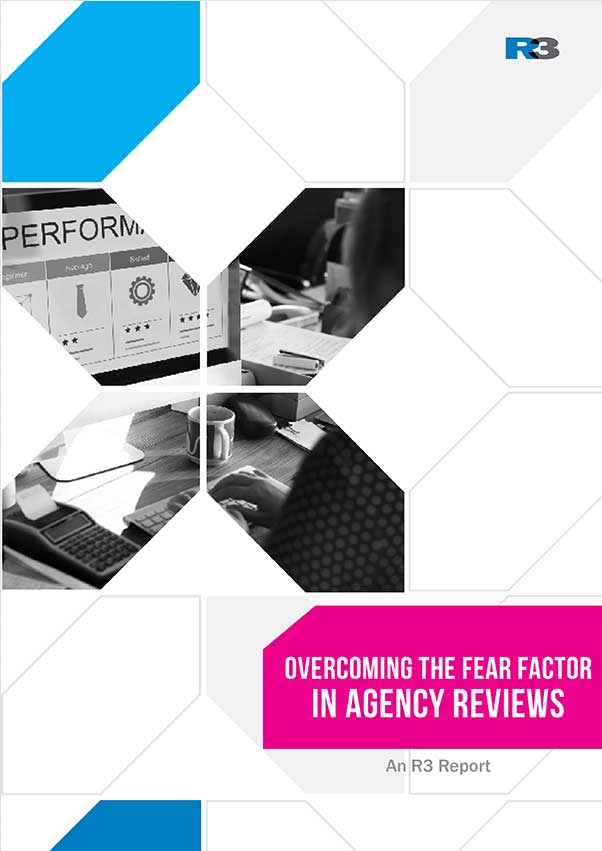Significant changes within a marketing organization can signal that a company is preparing to go on the offensive. It could be the result of encroaching competitors, a dynamic shift in the marketing landscape (e.g., a focus on DTC and social commerce), or the result of changes within the brand itself.
Some of the world’s biggest brands have recently consolidated business units, shifted their investment in media spend, and announced a focus on building new retail channels and reaching untapped audiences. Such change inevitably has an impact across capability and functional support for marketing activities. An internal reorganization might be called, and key stakeholders wonder if their current agency support system will be able to keep up with all the change that’s going on.
At this stage, it is easy to get everyone in the team to agree that an agency pitch is needed. However, close to half of pitch outcomes end with incumbent agencies keeping the account – which begs the question of “What is stopping marketers from changing agency partners?”
The decision to stay with an incumbent agency can be the result of a confirmation at the end of a pitch process that the incumbent is truly the best partner for the business. This is a sign of a long-lasting relationship that stands the test of time. The partnership works and the pitch process is a way to review and improve overall strategy, ways-of-working, and compensation models.
However, the choice to stick with the incumbent can also be the result of a crisis in confidence. In the middle of the pitch process, reality sinks in for stakeholders that they must leave the comfort of the familiar. They find they are uneasy with the idea of being ushered into a new and uncertain era by a new partner.
How can marketers recognize if their decision-making during the pitch process is influence by confidence in their partnership or a fear of change?
In this report, we will look at the gaps that exist in stakeholder expectations and how decision-makers can manage their inclinations towards comfort and feelings of uncertainty during the pitch process.

